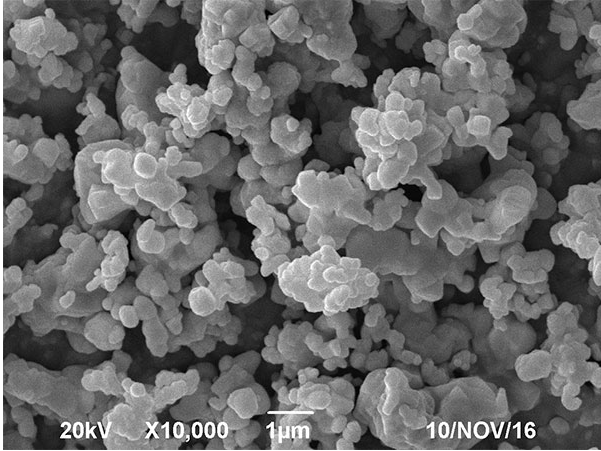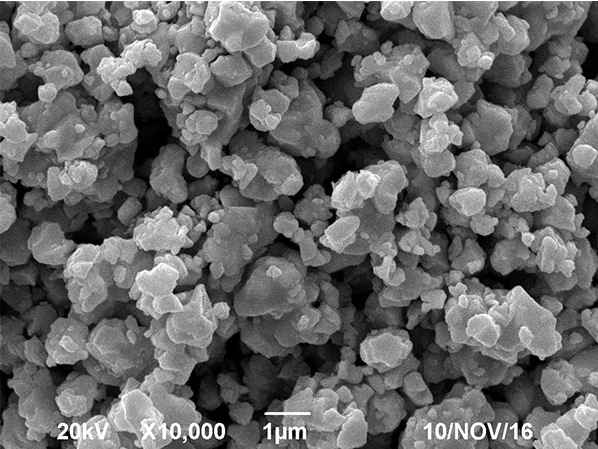

Although my country's tungsten resources account for about 60% of the world's total, there is still a considerable gap compared with the world's leading companies in terms of the quality of its cemented carbide. Therefore, not to mention foreign countries, the domestic demand for high-end cemented carbide, especially CNC blades, generally does not choose domestic products.
For decades, domestic cemented carbide people have also made unremitting efforts and exploration. Especially in the past ten years, with the improvement of cemented carbide manufacturing equipment and process improvement, the quality of traditional cemented carbide inserts has been greatly improved. However, since some fatal bottlenecks affecting the quality of cemented carbide have not been broken through, domestic cemented carbide inserts can still only hover between the middle and low grades.
What factors affect the quality improvement of my country's cemented carbide inserts? There are certainly reasons for process control, finishing precision, coating level, management details, etc., but I think the biggest reason is the congenital shortage of raw materials, which is a popular phrase in the material research academia called "genetic defects".
Regarding the problem of "genetic defects", it does not only exist in the cemented carbide industry, it also exists in the manufacture of high-end end products in all walks of life. So, what is the biggest "genetic defect" that currently affects the quality improvement of cemented carbide inserts? I think the first problem is the crystal morphology, refinement and homogeneity of the tungsten-titanium solid solution and its tantalum-niobium additions.
1. Tungsten-titanium solid solution
1. Crystal appearance of solid solution
We know that titanium in tungsten-titanium solid solution mainly comes from titanium dioxide that meets metallurgical requirements. The production process is: first mix titanium dioxide, tungsten carbide and carbon black evenly in the mixer, then unload the material for boating, put the boat into the carbonization furnace for high temperature sintering, or place the boat in a vacuum Sintered in the furnace. Its chemical reaction formula is: TiO2+WC+C—(Ti+W)C+CO↑. It can be seen from this reaction formula that, first, at high temperature, carbon black first reduces the oxygen in titanium dioxide, and then the remaining carbon is combined with titanium to form titanium carbide. Driven by thermodynamics, the particles of tungsten continue to occupy the lattice position of titanium in a dislocation manner to form a substitutional solid solution or lattice solid solution, thereby obtaining the tungsten-titanium solid solution we need.
Judging from the solid solution process briefly described above, after the oxygen in the titanium dioxide forms CO and runs away, a certain space will be left, and the solid solution is completed by dislocation. Therefore, it will inevitably cause the solid solution of titanium and tungsten particles that are close to each other to be fast, and the farther particles to dissolve slowly. Moreover, staying far requires continuous extension of time and energy absorption. Otherwise, a non-single-phase solid solution will be formed due to insufficient solid solubility. However, after the titanium-tungsten particles that are close to each other are solid-dissolved, they will continue to aggregate to form coarse crystals under the condition of continuous energy supply, while the tungsten-titanium particles that are farther apart will form relatively finer crystals. grain. Therefore, the crystal morphology of the solid solution formed under such conditions will definitely be incomplete. Therefore, after long-term research and experiments, I have basically solved the problem of incomplete crystal morphology of tungsten-titanium solid solution by changing the traditional production process (see picture)

Tungsten-titanium solid solution (FSSS1.26 micron) produced by traditional vacuum furnace

Wococarbide process to produce tungsten-titanium solid solution (FSSS0.90 micron)
Hot information

